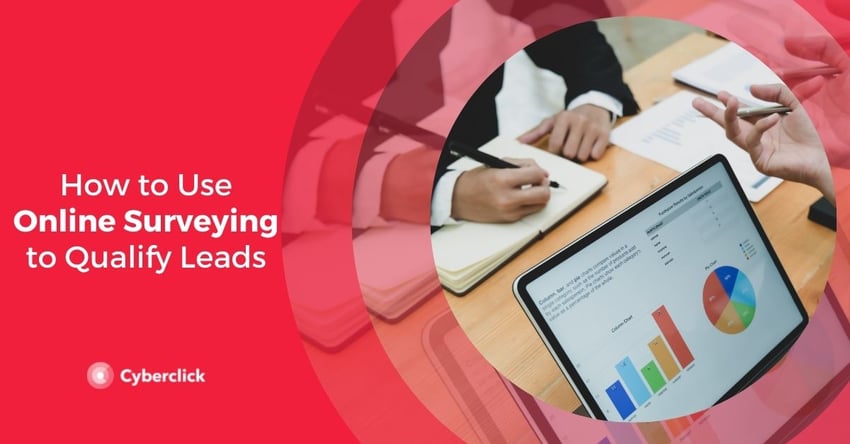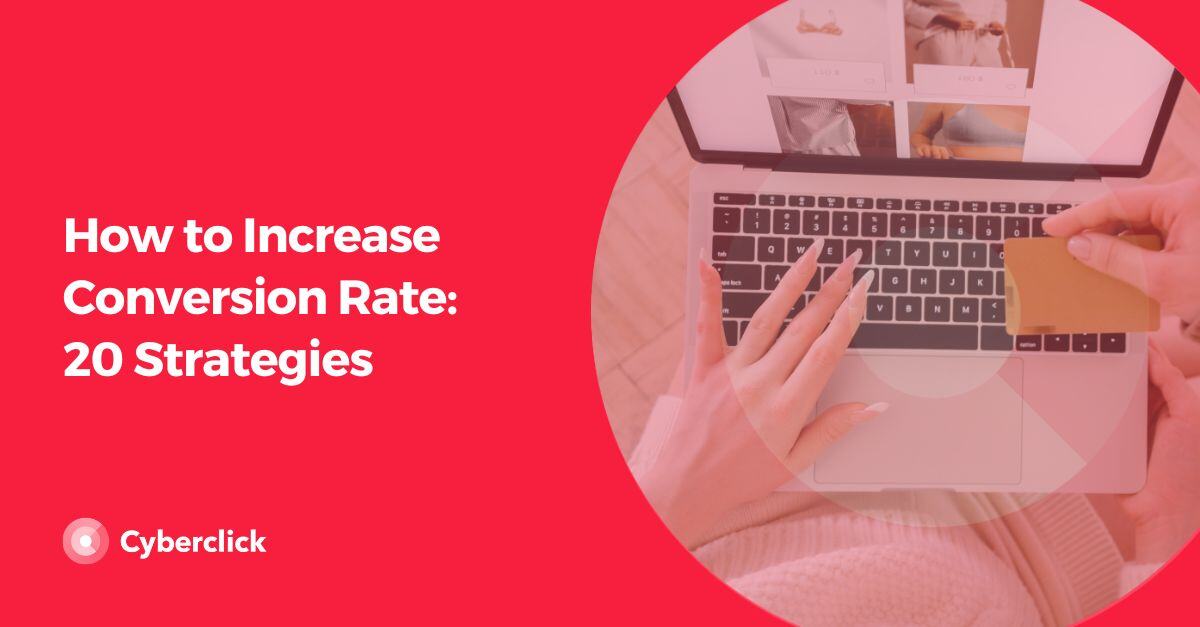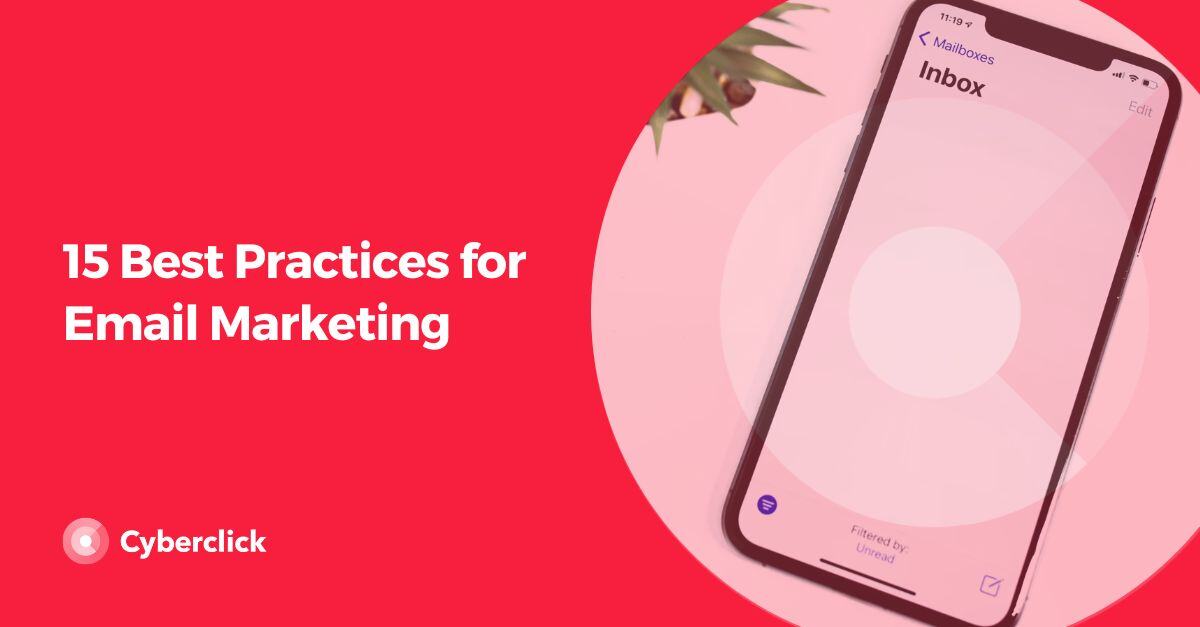Including online surveys in your lead generation strategy allows you to accomplish two objectives at the same time: getting to know your audience's feedback and preferences and obtaining valuable customer data that can help you optimize your marketing efforts.
It's very easy to create and deploy your own surveys. In this article, we'll review the process step by step.


Advantages of Online Surveys to Generate Leads
Online surveys enable you to learn more about your potential audience while generating leads. Below are some of its advantages:
-
Economic: They are adaptable to any budget, so all companies can make use of them.
-
Flexible: You can update and modify your survey questions quickly and easily, as well as control the target audience.
-
Quality information: You can ask potential buyers whatever you want. Therefore, you can obtain valuable information for your business decisions.
-
Lead qualification: The answers to users' questions allow you to quickly assess their level of interest as a customer and incorporate them into your conversion funnel.
-
Fast results: You can obtain a large number of responses in a short time. The results are processed automatically, so you can get the information you need instantly.
7 Steps to Generate and Qualify Leads With Online Surveys
1. Define Your Survey Objectives
As with anything in marketing, the first step is to know what you want to achieve. Surveys can have any of the following objectives: getting to know more about the person who responds to the survey to assess whether he/she is a qualified lead, learning more about your customers' habits and preferences, validating an idea for a new product, measuring the customer satisfaction index, and more.
2. Choose the Type of Survey
There are many options for creating a custom lead generation survey. These are just a few examples:
- Consumer preferences survey: This type of survey is designed to obtain information on the viability of a product, potential market size, target audience, or consumers' advertising preferences.
- Product launch surveys: This type of survey allows you to qualify leads interested in a new product while validating your idea for the product. For example, you can find out what product features your audience responds to the best, what would be a competitive price, or what elements can help you stand out from the competition.
-
Brand awareness surveys: This type of survey is aimed at measuring how familiar your target audience is with your brand or industry and whether they already know yours or your competitors' products.
3. Create a Lead Scoring Algorithm
Lead scoring consists of assigning a numerical value to each lead generated, based on their demographics or consumer habits.
Lead scoring allows you to distinguish between different types of leads, such as:
-
Cold leads: Leads are those that do not yet show interest in your product or service or do not match the customer profile we are looking for.
-
Marketing Qualified Lead (MQL): Those who are interested in your brand, but are not yet ready to buy. These leads require more nurturing, so they stay with the marketing team.
-
Sales qualified lead (SQL): Those who are at a more advanced stage of the buying process and are ready to purchase. These leads belong to the sales team.
Your online survey should also allow you to score leads based on their responses.
4. Create the Questions
When creating your survey, you should remember that the number of questions should be sufficient to be able to qualify the leads, but not so extensive that it discourages users from starting or finishing it.
You should make sure that the questions are appropriate to the objective you have set and seek a balance between closed-ended questions (easier to quantify) and open-ended questions (which provide more information and can help you obtain pointed insights).
Here are some ideas for your list of questions:
-
Do you regularly buy this kind of product?
-
How much would you be willing to pay for this product?
-
What are the features you value most in this type of product?
-
How many brands of this type of product do you know?
-
Do you remember seeing any advertising for this brand in the last few months?
-
What do you think could be improved about this product?
-
What are the most important factors for you when trying a new product?
Remember to also include the necessary questions to qualify the lead according to the lead scoring algorithm defined in the previous step.
5. Determine Your Sample
Before you deploy your survey, you need to be clear about who you are going to target.
You should have a buyer persona defined, that is, a semi-fictional representation of your customer that includes information about demographics, lifestyle, and brand-related needs. You can use a sample size calculator to see if your audience is large enough to get representative data.
Your survey should include a few short screener questions at the beginning to validate if the respondent is part of your target audience. If they are not, you should discard them.
6. Create and Share Your Survey
This step consists of creating your online survey and deploying it to your target audience.
7. Manage Leads and Analyze Results
Each time a user responds to the survey, a score should be assigned to him or her according to the lead scoring model you have defined. This will allow you to discard the lead, nurture the lead, or pass it directly to the sales team.
Once you have a sufficient number of responses, you can start analyzing the results to obtain relevant conclusions about your brand.
Best Practices for Lead Generation With Surveys
1. Gamify Your Survey
Nobody likes to waste time filling out a boring survey, but we love games and personality tests. If you adapt your survey to these formats, you will attract users' interest more easily.
The winning combination is to combine an engaging format with knowledge of the industry you are targeting and the product you are selling. For example, if your company is dedicated to B2B solutions, you can think of a survey that encourages them to solve a common problem at work in a lighthearted way. If you sell painting materials, you can create a creativity quiz.
2. Offer Something Valuable in Return
Online surveys ask users for their time, so you need to think of how you can incentivize them to complete them. One of the most common ways is to offer a reward in exchange for participation; for example, a free product sample or an entry into a lottery for a gift card.
3. Personalize Your Survey
You shouldn't create the same survey for every respondent.
You can identify different customer profiles or targets and create separate surveys for each of them. Or, within the same survey, you can create a logic tree that shows one question or another based on previous responses.
You can also take advantage of progressive profiling to create surveys that remember a specific user's previous answers and show him or her new questions each time. There are a lot of possibilities!
4. Conduct A/B Tests
A/B testing consists of creating two versions of your survey that differ in only one variable, for example, the length of the form, the copy that encourages users to fill it out, or the call to action. You then publish both versions to different users and compare the results with each other. With A/B tests, you get easy insights that make your online surveys super-effective.
5. Promote Your Survey on Social Networks
If your survey is engaging and creative or offers an interesting incentive for users, they will be encouraged to share it. For even more visibility, don't hesitate to promote your survey through your brand's social media channels.
Inbound Marketing & Content Strategist en Cyberclick. Experta en marketing online, gestión de contenidos, estrategia en redes sociales, y creación y optimización de campañas en social ads.
Inbound Marketing & Content Strategist at Cyberclick. Expert in online marketing, content management, social media strategy, and creation and optimization of campaigns in social ads.


.jpg)


Leave your comment and join the conversation